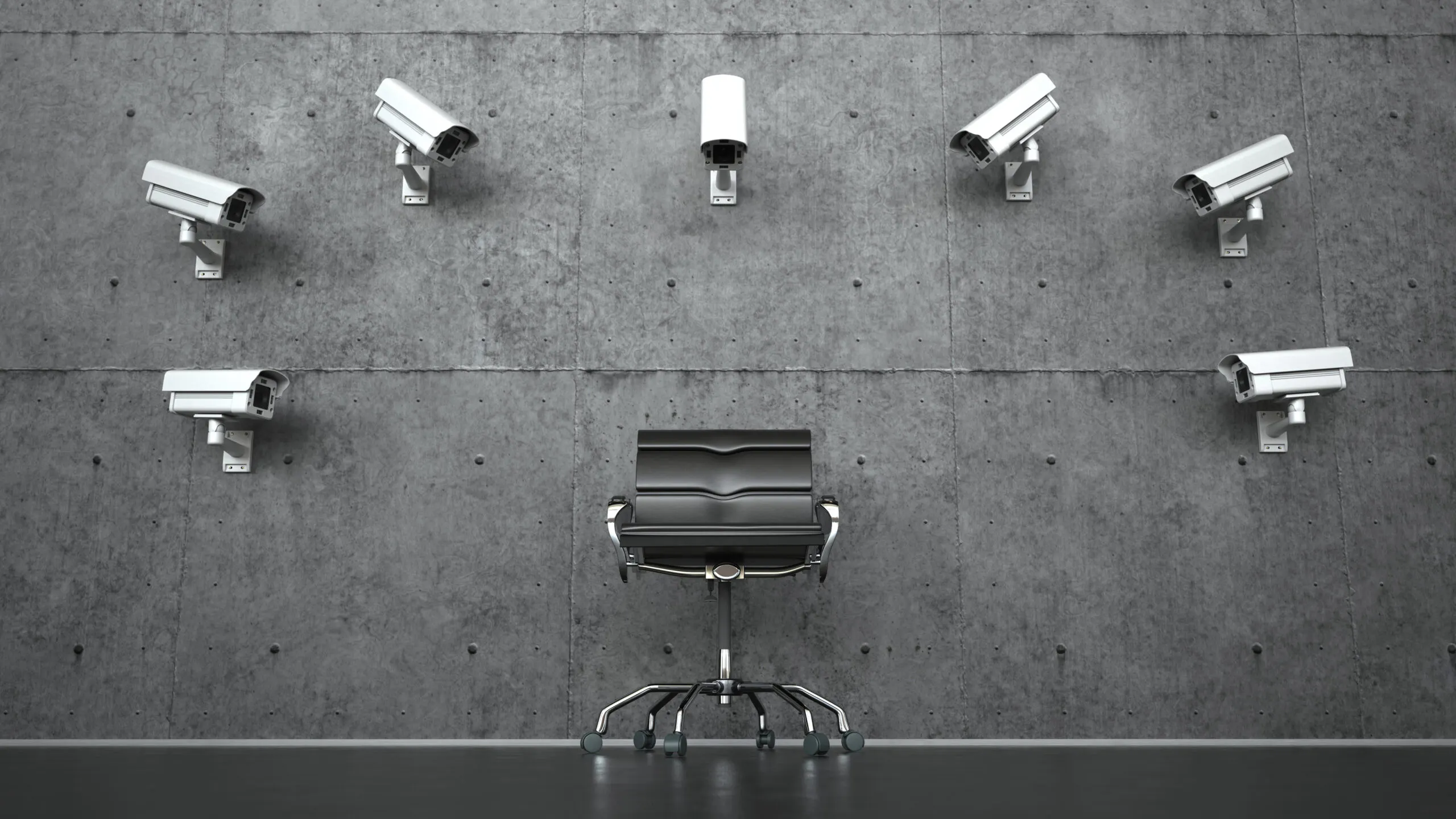For decades, companies have kept an eye on employee productivity. The utilization of monitoring technology to track job performance isn’t new for many fields. In lower paying, hourly jobs, for example, tracking employees has been normal behavior for quite some time.
But now more industries, faced with an increasing number of remote employees, are rolling out innovative forms of workforce monitoring, and not everyone is on board.
For example, grocery cashiers at Kroger, UPS drivers, and Amazon factory workers have all experienced tracking. Now, higher-paying, white collar jobs are starting to implement it and employees aren’t happy. The constant monitoring could make workers feel less trusted and push them to do their work in a less ethical way.
The Daily Wire spoke to Chase Thiel, an assistant professor at the University of Wyoming and an expert in business ethics. He said Microsoft can monitor workers’ movements and even their heart rate while they work.
“Microsoft allows employees — they can wear a smartwatch and then it’s got this app on it. [That] collects these biometrics, like heart rates, et cetera. And it can give employees a wellness score and I don’t know how frequently it gives them this wellness score, but it kind of collects information about the employee,” he said.
Thiel also described a “voluntary program” where “they asked employees if they would like to be implanted with a microchip that essentially would act like a company badge … but it was just implanted, but it would also … collect information about employees, their whereabouts, their activity level, things like that, their body rhythms, had the potential to do all of those things.”
“Very extreme,” he said. “I haven’t heard of another example of a company doing something like that, but … it gives you an illustration of what kinds of technology exist.”
There has been an increase in monitoring within certain physician jobs, academic officials, architects, and even people who work in nursing homes.
The New York Times highlighted radiologists who were shown reports of their periods of inactivity and also given insight into how their work compares to their coworkers.
Workers in higher paying jobs now complain about the practice in much the same way blue collar workers have pushed back against it in the past.
J.P. Morgan measures how its workers use their time during their workdays with a software called “Workplace Activity Data Utility.” It tracks their time on Zoom calls, when they’re in the office, and how much time they use certain applications.
Barclays Bank used to send messages to employees that would prompt them to work harder. One example was a message that said, “Not enough time in the Zone yesterday,” but they abandoned the practice after workers pushed back.
With the rise of remote work, employers can hypothetically keep better track of people who aren’t working in the office.
However, some studies question whether these monitoring practices are even effective.
Research by the Harvard Business Review showed that workers who were monitored were much more likely to break rules, work slowly on purpose, take breaks that weren’t allowed and even steal office items. They did another study that showed workers who were told they were being tracked were more likely to cheat when completing assignments.
Advice on how to trick the trackers, though, can be found on TikTok. One way is with a “mouse jiggler,” which makes it look like someone is active.
The legal side is another component. In most states, employers have leeway in how they choose to implement these tracking measures.
Thiel explained the Electronic Communications Privacy Act of 1986, saying, “as long as there’s a business necessity or … an employer can demonstrate a business necessity, they have the right to monitor employees in a variety of ways.”
New York’s new law that started this year invoked new requirements on private employers that makes them tell employees they are electronically tracking them.
Connecticut and Delaware also put laws in place related to watching employees, but attempts to create similar legislation in California stalled because business groups pushed back on it, saying it could actually infringe on employee privacy.
CalChamber, a business advocacy group, said the California bill would actually decrease workers’ privacy because it would cause employers to look at all of an employee’s communications to verify if the employer is even allowed to keep or look at that information. They also said it would eliminate small businesses “for even a good faith mistake due to its excessively punitive enforcement mechanisms.”
Some of the discontent with employee tracking might stem from a broader discomfort with being watched. Most Americans are not aware of data and privacy rules in the U.S..
Lawmakers and citizens are starting to raise the alarm on how such tracking might be dangerous when it comes to national security.
Recent examples of FBI infiltration of social media giant Twitter reveal how government entities are able to view and access user information. The use of foreign governments getting their hands on information about Americans, such as that of China when it comes to TikTok, is also a concern many across the country share.
While some are concerned with companies keeping an eye on their workers, the true threat may lie right in their very hands.
This article has been revised for clarity.

Continue reading this exclusive article and join the conversation, plus watch free videos on DW+
Already a member?

.png)
.png)

